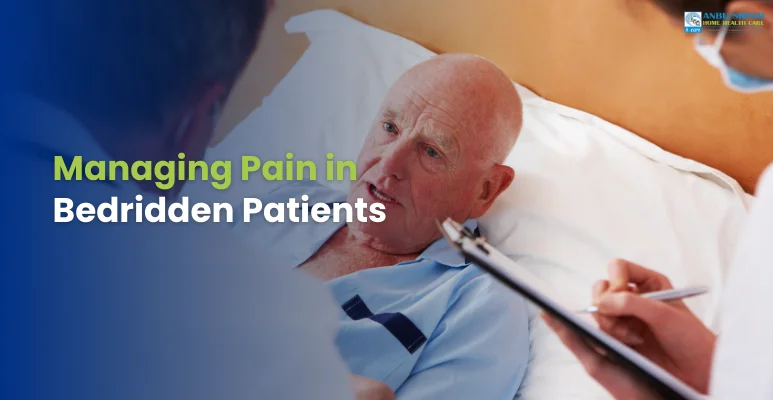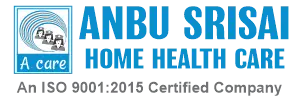Managing Pain in Bedridden Patients

Pain management is an essential part of caring for bedridden patients.
Bedridden patients are at an increased risk of developing pressure sores, muscle atrophy, and other complications that can cause pain. Effective pain management can help improve the quality of life for these patients and prevent further complications.
There are several strategies for managing pain in bedridden patients. These include using medications such as analgesics and anti-inflammatory drugs, non-pharmacological interventions like massage therapy and physical therapy, and creating a comfortable environment that minimizes the risk of pressure sores.
One of the most important aspects of pain management in bedridden patients is communication. Patients may be unable to communicate their pain effectively, so it is important for caregivers to be vigilant for signs of discomfort and pain, such as changes in behavior, facial expressions, or body language.
Other strategies for managing pain in bedridden patients include promoting proper nutrition and hydration, using positioning devices to alleviate pressure on sensitive areas, and providing emotional support and counseling.
Pain management is a crucial part of caring for bedridden patients. Being bedridden puts patients at an increased risk of developing pressure sores, muscle atrophy, and other complications that can cause pain. Managing pain effectively can improve the patient's quality of life and prevent further complications.
There are various strategies for managing pain in bedridden patients, and one of the most common approaches is using medications. Analgesics are commonly prescribed to relieve pain, while anti-inflammatory drugs can be used to reduce inflammation and swelling. It is essential to monitor the patient's response to these medications and adjust the dosage as needed.
Non-pharmacological interventions can also be used to manage pain in bedridden patients. Massage therapy and physical therapy can help alleviate pain and improve the patient's mobility. These therapies can be provided by a trained professional or a caregiver who has received adequate training.
Creating a comfortable environment is also crucial to pain management. Patients should be positioned properly to reduce the risk of developing pressure sores. Positioning devices such as cushions and special mattresses can help alleviate pressure on sensitive areas of the body. It is also important to ensure that the patient is comfortable, with access to appropriate bedding, blankets, and pillows.
Communication is a vital aspect of pain management in bedridden patients. Patients may be unable to communicate their pain effectively, so caregivers must be vigilant for signs of discomfort and pain. Changes in behavior, facial expressions, or body language can indicate that the patient is experiencing pain.
Proper nutrition and hydration are also important in pain management. Adequate nutrition and hydration can help prevent complications such as pressure sores and muscle atrophy. Emotional support and counseling can also help alleviate pain by reducing stress and anxiety.
Tags: Bedridden patients care service, Emotional support For Bed Patients, massage therapy, Bed patient Nurse in home, Bedridden Patients in Managing Pain ,





